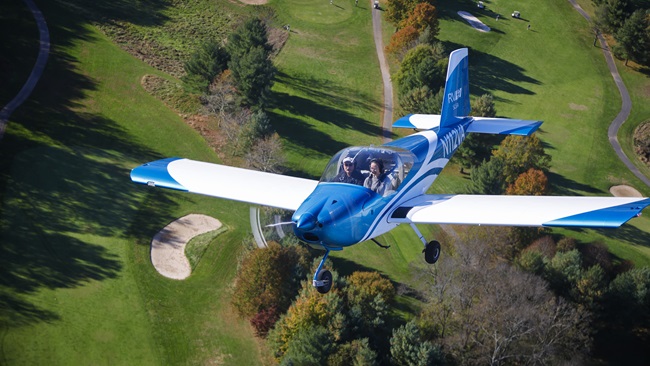Pistons continue to prop up aircraft market
GAMA reports declining turbine sales
While the coronavirus pandemic continues to wreak havoc on the aviation industry as a whole, piston aircraft sales bucked the trend with a third-quarter uptick.
The General Aviation Manufacturers Association released another quarterly report of aircraft deliveries November 18, marking a continuation of painful trends that have hamstrung business jet and turboprop sales, and COVID-19 got most of the blame for double-digit declines in most sectors.
Air travel has picked up somewhat since the early days of the pandemic, when Cessna Skyhawks, the bestselling GA aircraft in history, outnumbered the Boeing 737, the most ubiquitous airline model flying in 2020, in the air. The Cessna 172S Skyhawk SP led the battle of the balance sheets as well, with 94 deliveries tallied in the third quarter alone, according to GAMA’s report, more than any other single aircraft model. Cirrus Aircraft delivered 101 single-engine piston airplanes during the quarter, including the SR20, SR22, and SR22T models; Textron Aviation’s piston offerings (including Cessna and Beechcraft) tallied the highest total of units sold, contributing to the 1.4-percent overall increase in piston airplane sales for the first three quarters of the year, compared to the same period in 2019.
The year-over-year comparisons are much bleaker in the turbine categories, with a 27-percent decline in turboprop airplane deliveries, and a 26.7-percent decline in business jet deliveries. Helicopter sales, both piston and turbine, declined by similar percentages compared to the first three quarters of 2019.
“While the industry has shown its resilience, it will likely once again face stiff headwinds from the resurgent pandemic, especially given that many European countries have once again gone into lockdown without a common pan-European policy enabling general and business aviation travel across national borders,” Bunce continued. “Despite these significant challenges, it continues to be our dedicated workforce that enables our industry to persevere through the recovery process.”
GAMA’s quarterly report included a notable footnote, the first reported deliveries of any electric aircraft. Pipistrel earned that spot in GAMA history with the delivery of five Velis Electro airplanes during the third quarter, following the battery-powered model’s certification in Europe.
“This portends an exciting evolution in propulsion technologies and highlights another pathway in our industry’s multifaceted efforts toward, and commitment to, environmental sustainability,” Bunce said of the Slovenian aircraft maker’s achievement.
Despite the overall turbine downturn, some of the smaller jets held up relatively well. Honda delivered eight HondaJets in the third quarter, bringing total deliveries to 17 through the first three quarters of 2020, down slightly from 25 deliveries of the same aircraft in the same period of 2019. Cirrus SF50 Vision Jet deliveries are nearly on pace with 2019, when the company delivered 52 of the single-engine jets in the first three quarters. The 2020 total of 47 Vision Jet deliveries through the first three quarters includes 16 in the third quarter.


